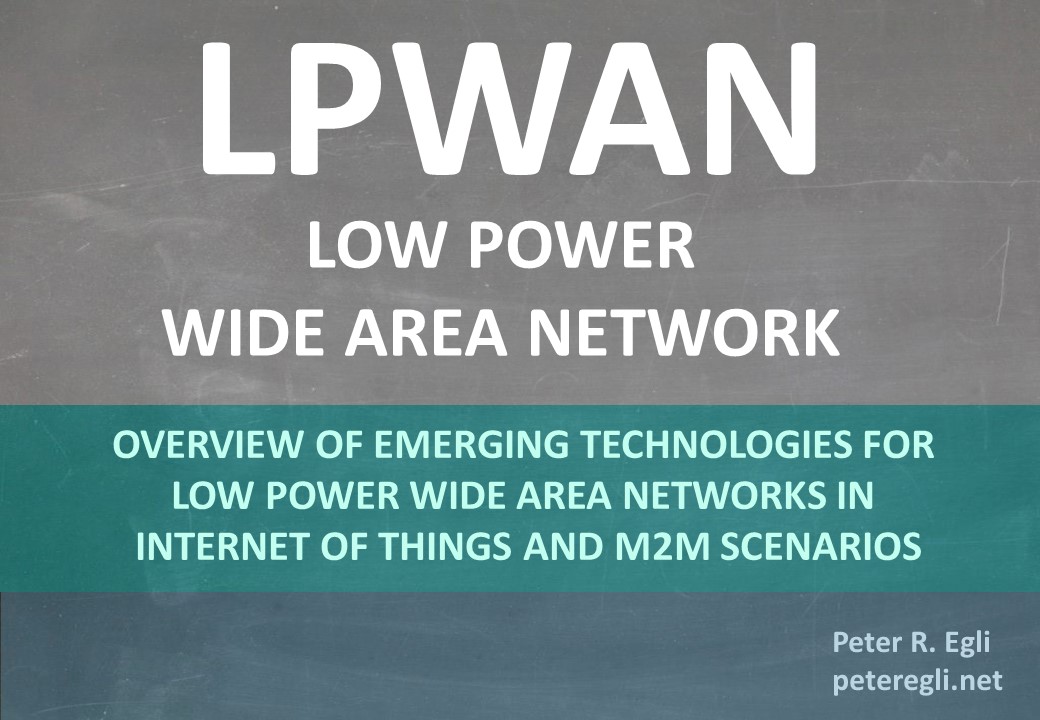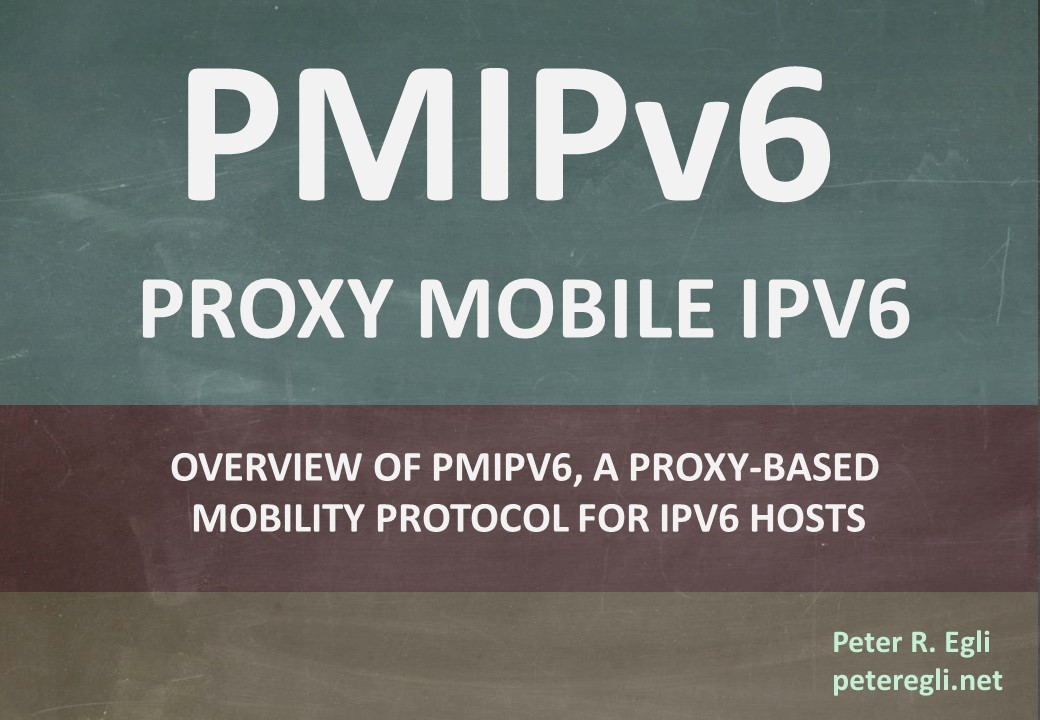Mobile & Wireless Technologies
Slides on various mobile and wireless protocols and technologies.
-
LPWAN - Low Power Wide Area Networks
Slide PresentationRapid technological advances in the past made possible the miniaturization of network devices to meet the cost and power consumption requirements in IoT and M2M scenarios. What is missing in this picture is a radio technology with both long range capability and a very low cost footprint. Existing radio technologies such as 3G/4G or Short Range Radio do not aptly meet the requirements of IoT scenarios because they are either too expensive or are not able to provide the required range. Other wireless technologies are geared towards high bandwidth which is in most cases not a requirement for IoT. Emerging LPWAN technologies such as ETSI LTN or LoRAWAN are poised for filling the gap by providing long range (up to 40km) and low power connectivity. These technologies allow low cost radio devices and operation thus enabling scaling up IoT applications.
Read More Download PDF -
Mobile & Wireless Networks
Slide PresentationAdvances in signal processing technologies are a technological driver for wireless technologies. Different technologies like 3G (WAN), WLAN (LAN), Bluetooth (PAN) and WiMAX (MAN) target different applications and markets. Since most of the frequency spectrum is still regulated in the different countries, newer technologies aim for non-regulated bands such as the 2.4GHz and 5GHz ISM bands. In order to fully exploit untethered operation, wireless devices are fitted with roaming and handover protocols like 802.11r or Mobile IP. Layer 2 protocols typically provide faster handover but are restricted to specific link layer protocols. Layer 3 or higher protocols like Mobile IP are independent of the link layer thus work across heterogeneous networks.
Read More Download PDF -
PMIPv6 - Proxy Mobile IPv6
Slide PresentationMobile IP (MIP) allows mobile nodes to roam between networks while keeping existing connections open thus allowing seamless operation on application level. However, Mobile IP requires additions to the OS kernel that make deployments difficult if not impossible alltogether. Proxy Mobile IPv6 (PMIPv6) allows mobility scenarios for non-MIP aware mobile nodes. A proxy assumes all functionality required for mobile nodes to roam from one wireless network to another. PMIPv6 achieves this with a Mobile Access Gateway (MAG, the proxy) and a Local Mobility Anchor (LMA) that represents the single point of attachment for corresponding nodes. PMIPv6 is most suited for campus-type networks where all wireless networks are under the control of a single authority.
Read More Download PDF
All Rights Reserved © Peter R. Egli


